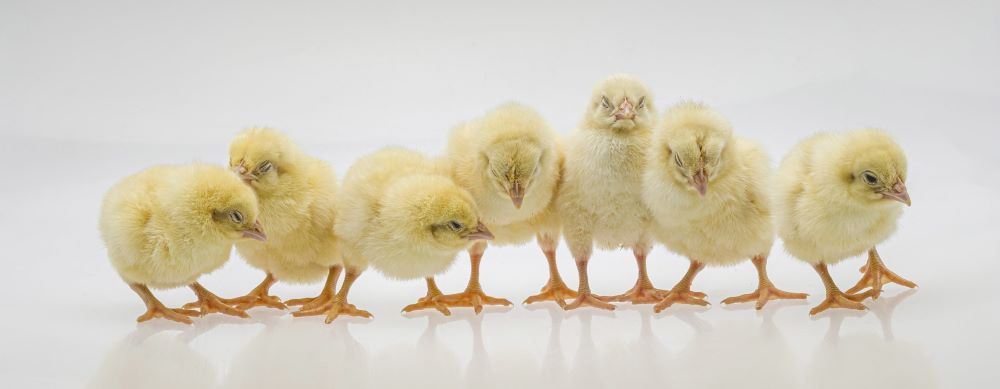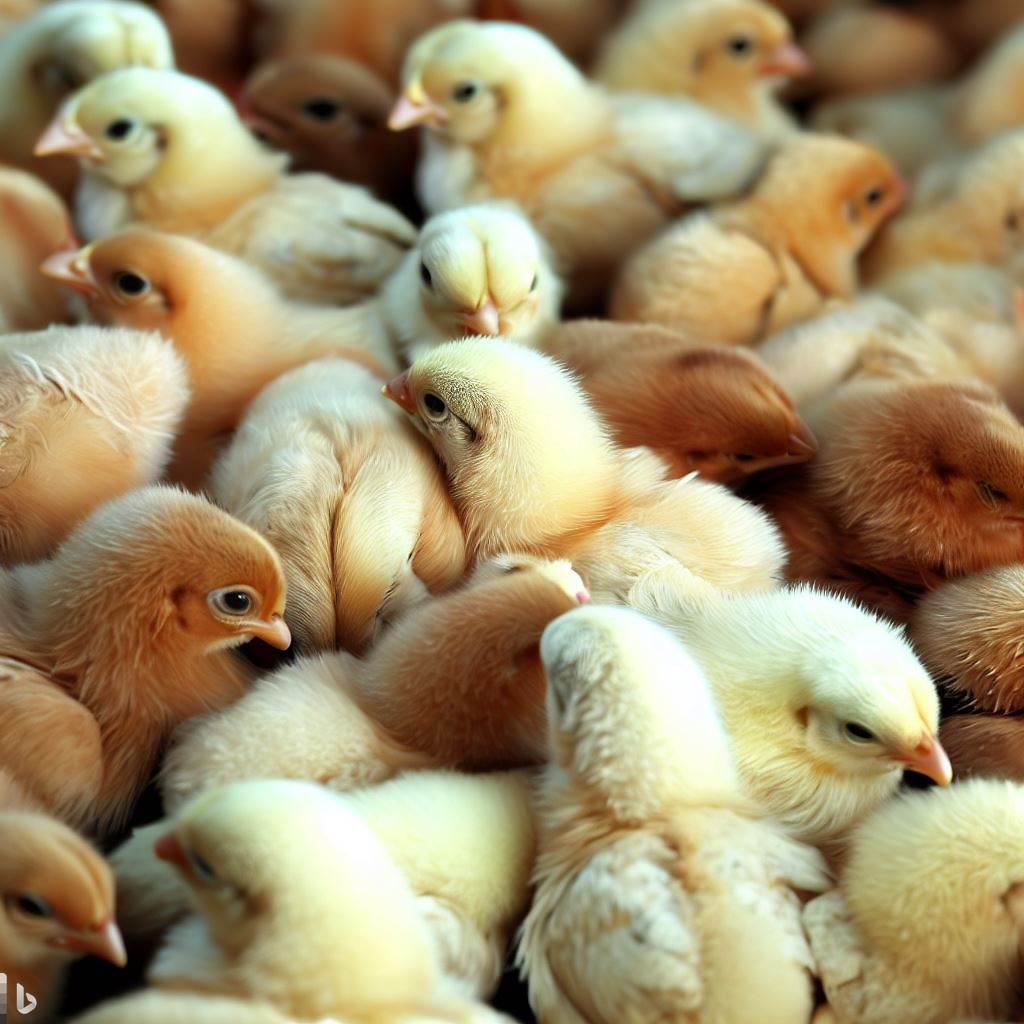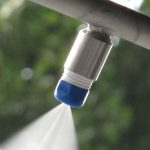Livestock
Humidity control for chicken hatch incubators

Process
Issues in chicken hatch incubators without humidity control:
- Fluctuation in humidity or temperature can have a serious impact on the development of embryos
- Shrink wrapping due to low humidity
- Decreased or uneven chicken hatch
- Spread of bacteria in membranes
Solution: Air cooling systems for humidity and temperature control
By adding humidification control as part of the chicken hatch process, it becomes possible to create a more stable environment and maintain the utmost growing conditions for the embryos.
Low humidity
In the case of too low humidity level, the membranes can dry out and make it difficult for chickens to hatch. This can result in chicken mortality or crippled chickens.
High humidity
An excessive level of humidity is also not favorable as it can suffocate the embryos and not allow them to fully develop and hatch. The recommended humidity level during hatching is between 50-70%, but it varies from system to system.

Example of Systems / Products used for this solution
Hydraulic nozzles: KBN series KB series
The KBN series nozzles’ features:
- Ultra-small capacity hollow cone spray nozzle with the finest atomization among hydraulic nozzles.
- Capable of generating extremely fine spray.
- Minimal clogging with free passage diameter 1.3 – 2.6 times bigger than that of conventional nozzles.
- The whirl chamber is formed by a ceramic orifice and closer, which provides excellent wear resistance.
Solutions
Benefits
- Higher hatch rate
- Lower mortality rate
- Healthier chickens
- Better hygiene and reduced risk of diseases
- Better comfort for the chickens

KBN series hydraulic nozzle
Related articles
Humidity control is not only important for chicken hatch, poultry farms can also benefit from air cooling systems. Especially during the summer time, our air cooling systems can help to control the temperature and humidity and avoid heat issues. This can help to reduce the stress of the poultry and improve the productivity, while also reducing the risk of disease.
